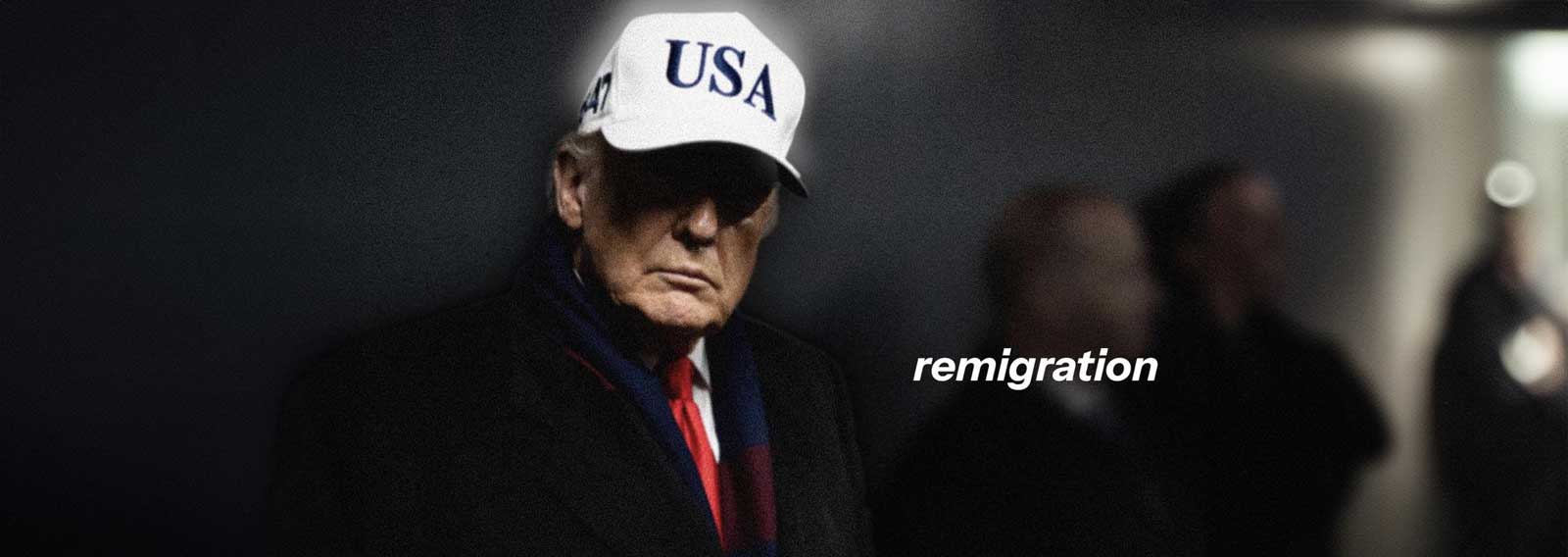Are mothers and fathers replaceable, or do they both play a unique role in the lives of their children? Can two fathers replace a mother? Can two mothers replace a father? Consider the following statistics which demonstrate the tragic outcome of fatherless homes:
- 90% of homeless and runaway children are from fatherless homes. Source: U.S. Department of Health and Human Services, Bureau of the Census
- 80% of rapists motivated with displaced anger come from fatherless homes. Source: Criminal Justice & Behaviour, Vol 14, pp. 403-26, 1978
- 71% of pregnant teenagers lack a father. Source: U.S. Department of Health and Human Services press release, Friday, March 26, 1999
- 63% of youth suicides are from fatherless homes. Source: U.S. Department of Health and Human Services, Bureau of the Census
- 70% of juveniles in state operated institutions have no father. Source: U.S. Department of Justice, Special Report, Sept. 1988
- 85% of children who exhibit behavioral disorders come from fatherless homes. Source: Center for Disease Control
- 85% of youths in prisons grew up in a fatherless home. Source: Fulton County Georgia jail populations, Texas Department of Corrections, 1992
- Fatherless boys and girls are: twice as likely to drop out of high school; twice as likely to end up in jail; four times more likely to need help for emotional or behavioral problems. Source: U.S. Department of Health and Human Services news release, March 26, 1999
Dr Ryan Anderson argued the following: “If you redefine marriage to say it’s a genderless institution, there will be no public institution that upholds, even the ideal that every child deserves a mother and a father. In fact, to say a child deserves a mother and a father will be relegated as hate-speech. Redefining marriage to make it a genderless institution teaches that men and women are interchangeable and so that mothers and fathers are replaceable. It sends a signal that marriage is primarily about consenting adult romance, rather than both consenting adult romance and inter-generational relationship. Marriage, historically, has been about both…”























